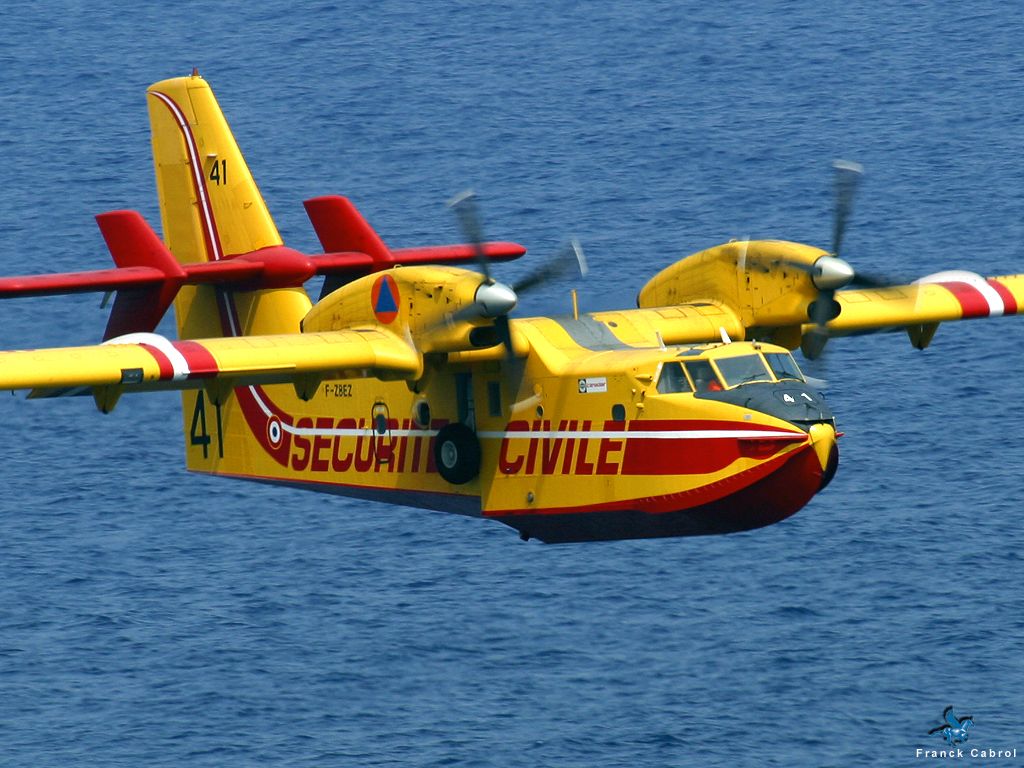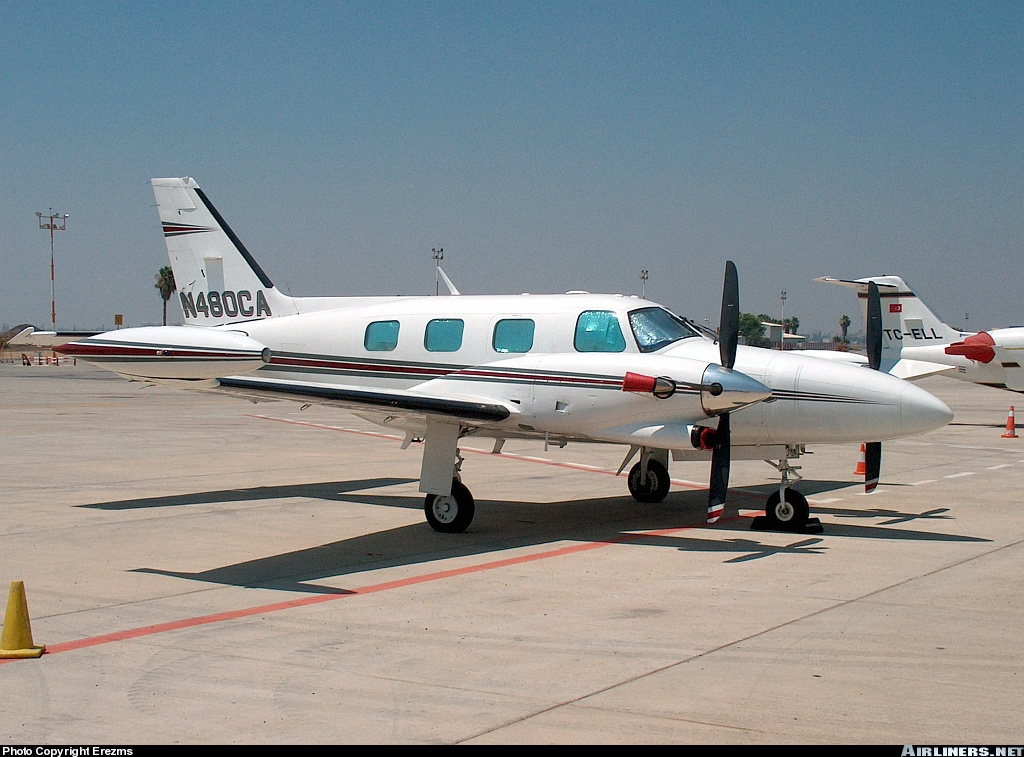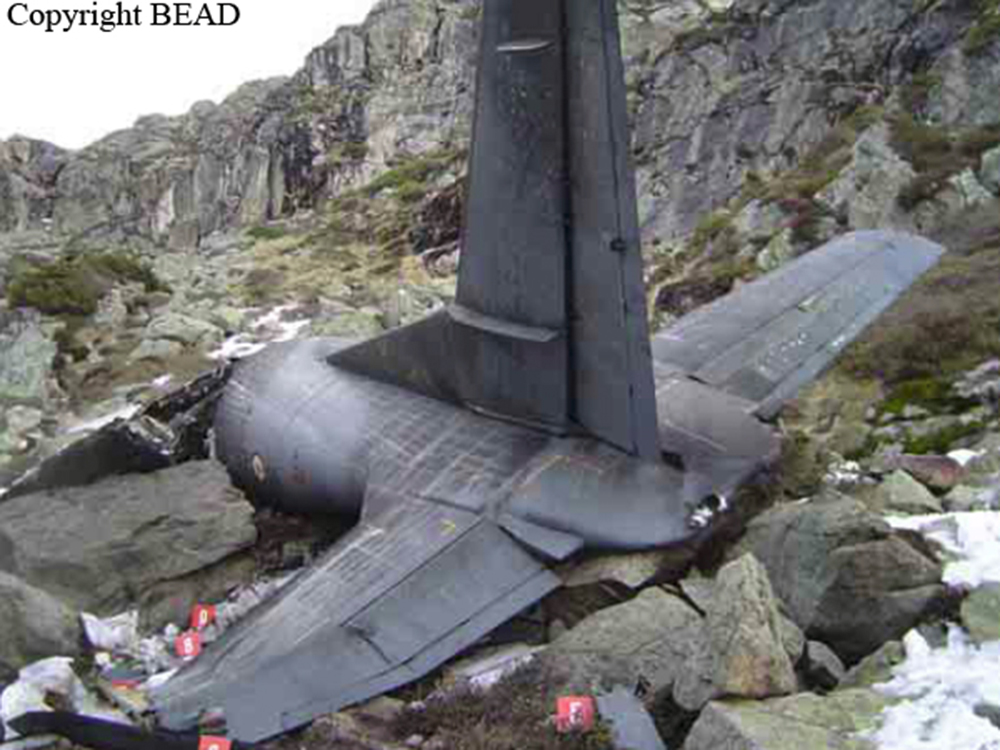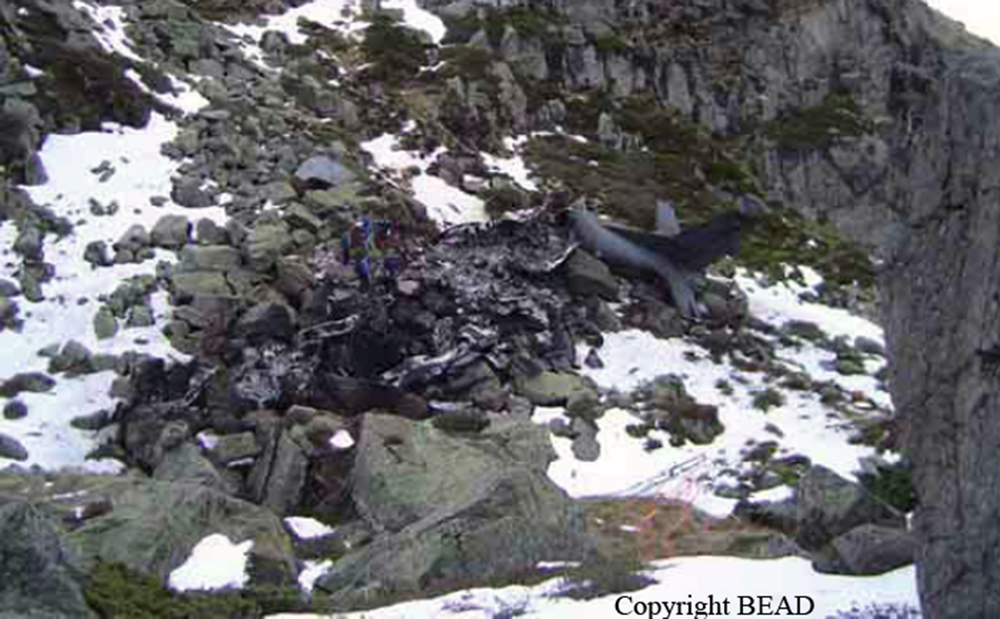Region
Crash of a Canadair CL-415 off Les Salles-sur-Verdon: 2 killed
Date & Time:
Mar 8, 2004 at 1100 LT
Registration:
F-ZBEZ
Survivors:
Yes
Schedule:
Marseille - Marseille
MSN:
2018
YOM:
1996
Flight number:
Pélican 41
Crew on board:
3
Crew fatalities:
Pax on board:
0
Pax fatalities:
Other fatalities:
Total fatalities:
2
Circumstances:
One instructor and two pilots under supervision departed Marseille-Marignane Airport on a training flight. Several scooping manoeuvres were completed on the Sainte-Croix Lake located about 85 km northeast of Marseille. While completing a new scooping procedure, the aircraft approached in a high nose attitude and disintegrated upon landing. The main wreckage sank to a depth of 31 metres off Les Salles-sur-Verdon. One pilot was found alive but seriously injured due to hypothermia (the water temperature was 6° C) while both other occupants, Jean Beauvais and Jean-Pierre Laty, were killed.


Crash of a Piper PA-31T1 Cheyenne I in Dampierre-en-Yvelines: 3 killed
Date & Time:
Jan 2, 2004 at 1625 LT
Registration:
N480CA
Survivors:
No
Schedule:
Tel Aviv – Corfu – Toussus-le-Noble
MSN:
31-8004051
YOM:
1980
Crew on board:
1
Crew fatalities:
Pax on board:
2
Pax fatalities:
Other fatalities:
Total fatalities:
3
Circumstances:
The twin engine aircraft departed Tel Aviv on a flight to Toussus-le-Noble with an intermediate stop in Corfu, carrying two passengers and one pilot. On approach at 3,000 feet, the aircraft' speed and height dropped. It entered an uncontrolled descent and crashed in a wooded area located in Dampierre-en-Yvelines, about 10 km from the runway 07L threshold. All three occupants were killed.
Probable cause:
The loss of control is probably the consequence of a rapid icing of the airframe insufficiently or belatedly taken into account by the pilot. The following factors may have contributed to the accident:
- The pilot's fatigue generated by a flight period of 8 hours and 30 minutes in a single pilot configuration,
- The single pilot configuration imposes a high workload during a VOR-DME approach.
- The pilot's fatigue generated by a flight period of 8 hours and 30 minutes in a single pilot configuration,
- The single pilot configuration imposes a high workload during a VOR-DME approach.
Final Report:

Crash of a Casa-Nurtanio CN-235M-200 on Pic du Pioulou: 7 killed
Date & Time:
Dec 17, 2003 at 1035 LT
Registration:
F-RAIA
Survivors:
No
Schedule:
Toulouse - Toulouse
MSN:
C-043
YOM:
1990
Flight number:
COTAM 1492
Crew on board:
4
Crew fatalities:
Pax on board:
3
Pax fatalities:
Other fatalities:
Total fatalities:
7
Captain / Total hours on type:
2683.00
Copilot / Total hours on type:
924
Aircraft flight hours:
4925
Circumstances:
Based at Creil AFB (BA110), the aircraft was dispatched at Toulouse-Francazal AFB on December 15 for a period of three days to conduct local missions with paratroopers. Undel callsign Cotam 1492, the aircraft departed Toulouse-Francazal Airport at 0952LT with 12 paratroopers and four crew members on board on behalf of the Escadron de Transport 01.062 Vercors. At 1017LT, while approaching the drop zone of Tour du Crieu at an altitude of 12,000 feet, nine skydivers left the cabin. Then the captain informed ground he want to conduct a low flight over the Pyrenees mountains for a period of 10-15 minutes before returning to the base. At 1025LT, the aircraft entered the Ariege valley between Foix and Tarascon then the Vicdessos valley. Approaching Suc-et-Sentenac at 1034LT, the aircraft turn to the right and started to climb to pass over the Pic du Pioulou. The climb was started at an altitude of 3,700 feet (600 feet above ground) with a rate of climb of 3,000 feet per minute and a speed of 170 knots. Due pass the Pic du Pioulou (7,200 feet high), the aircraft should climb at least 3,500 feet on a distance of 4,500 metres with an average slope of 23,4% which is over the aircraft capabilities. While climbing with a speed of 100 knots, the stick shaker activated and the stall warning sounded. The speed continued to drop and the aircraft nosed up, reaching an angle of attack of 55°. At a speed of 55 knots, the aircraft stalled, rolled to the left and crashed on the slope of the Pic du Pioulou at an altitude of 1,830 metres. The aircraft was destroyed by impact forces and all seven occupants (four crew members and three paratroopers) were killed.
Crew:
Cpt Charles Edouard Bardinet,
Asp Mallory Bernard,
Adj David Roux,
Adj/C Serge Kaczala,
Cap/C Mickael Larivière,
Cap/C Jérôme Garcia,
Cpt Aude Tessier.
Crew:
Cpt Charles Edouard Bardinet,
Asp Mallory Bernard,
Adj David Roux,
Adj/C Serge Kaczala,
Cap/C Mickael Larivière,
Cap/C Jérôme Garcia,
Cpt Aude Tessier.
Probable cause:
The accident, which occurred in a delicate aeronautical environment (mountain flying) sees its causes primarily related to the human factor. It occurred during the execution of an unscheduled and unprepared flight phase, by decision of the captain during the flight. Meanwhile, several factors point to an improvable rigor in actions performed by some crew members of this unit. A decision to change the mission in flight combines several errors that led to the accident:
- Overconfidence of the crew, unaccustomed to mountain flying, which engaged in a topography of which they underestimated the difficulty, the insidiously, because gradually, increasing slope,
- A lack of decision in the cockpit that originated in the establishment of a "soft consensus" itself resulting from functions, qualifications and personalities of various crew members,
- Incorrect assessment of the situation and the capabilities of the aircraft with regards to the topography,
- A lack of reaction in a degraded situation.
- Overconfidence of the crew, unaccustomed to mountain flying, which engaged in a topography of which they underestimated the difficulty, the insidiously, because gradually, increasing slope,
- A lack of decision in the cockpit that originated in the establishment of a "soft consensus" itself resulting from functions, qualifications and personalities of various crew members,
- Incorrect assessment of the situation and the capabilities of the aircraft with regards to the topography,
- A lack of reaction in a degraded situation.
Final Report:




